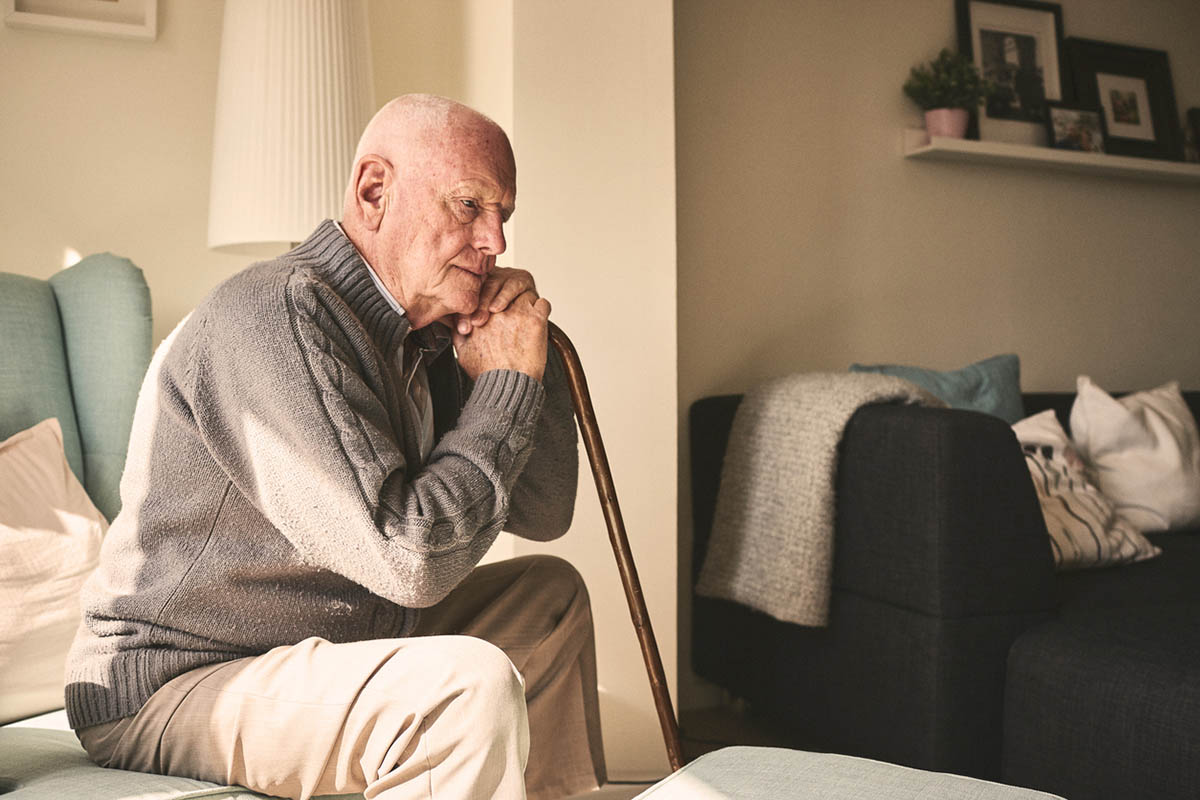Because this piece does not have an abstract, we have provided for your benefit the first 3 sentences of the full text.
To the Editor: Barriers to depression treatment among Hispanic populations include persistent stigma, inadequate doctor-patient communication, and resultant suboptimal use of antidepressant medications. Stigma is primarily perpetuated due to inadequate disease literacy and cultural factors.
Objective: The purpose of this study is to implement a unique depression education intervention (DEI) designed to increase disease literacy and dispel myths about depression and its treatment among Hispanic patients, thus reducing stigma and increasing treatment engagement.
A Culturally Adapted Educational Tool to Increase Patient Engagement in Depression Treatment: Early Report From a Study to Reduce Stigma
To the Editor: Barriers to depression treatment among Hispanic populations include persistent stigma, inadequate doctor-patient communication, and resultant suboptimal use of antidepressant medications.1-3 Stigma is primarily perpetuated due to inadequate disease literacy and cultural factors.1-3
Objective: The purpose of this study is to implement a unique depression education intervention (DEI) designed to increase disease literacy and dispel myths about depression and its treatment among Hispanic patients, thus reducing stigma and increasing treatment engagement. The study3 was registered at ClinicalTrials.gov (NCT02491034) July 2, 2015, and the protocol was reviewed and approved by the Institutional Review Board of the University of Texas at Arlington (IRB reference number: 2015-0336). All patients provided written informed consent to participate.
Patient Population: This early report is from a federally funded study being conducted at one federally qualified health center (FQHC) whose patient population is majority Hispanic. To be enrolled in the study, patients had to self-identify as Hispanic and screen positive for depression at the annual visit or at new, non-acute visits using the 9-item Patient Health Questionnaire (PHQ-9),4 a self-report of frequency of symptoms for "the last 2 weeks" on each of the 9 DSM-IV criteria for depression, which results in a range of possible scores from 0 to 27. PHQ-9 scores of 5-9 represent mild depression, 10-14 represent moderate depression, 15-19 represent moderately severe depression, and > 20 represent severe depression.
Participants were 273 primary care patients, majority female (93.4%, n = 255), between the ages of 19 and 83 years (mean [SD] = 39.3 [10.42] years) (Table 1). The majority of the sample was married (65.9%, n = 180) with a high school education or less (76.2%, n = 208). Patients who screened positive for depression were referred to the licensed clinical social worker (LCSW), consented for enrollment in the study, and completed the 2 sessions of DEI with the LCSW.
Methods: In this study, we are testing a unique, culturally adapted photonovel (fotonovela), a popular comic-book style pamphlet that portrays a dramatic story using photographs and dialogue bubbles in English and Spanish, developed for depression by Cabassa et al.5 The fotonovela concept has proved to be an effective tool for increasing knowledge about specific health issues among Hispanic audiences. Anecdotal reports from the LCSW in this study suggest the educational tool is highly engaging, and the patients appear to demonstrate an understanding of the fallacy of cultural myths. See Figure 1 for sample images of the fotonovela covers.
In an FQHC in Texas, as in most places in the United States, there are provider fees associated with a visit with an LCSW (or LICSW [licensed independent clinical social worker]). In a low-income primary care setting, it can be difficult to interest patients in returning to the clinic for a behavioral health visit, even with a successful warm handoff from the provider. Stigma aside, patients’ limited resources result in their prioritizing against visits with the behavioral health provider, because of the associated cost. However, in our funded study, the patients were compensated for completing the first 2 sessions, enrollment measures, and education.
Results: Early findings suggest that the LCSW has a unique opportunity to engage the patient, as demonstrated by reports of remarkable success at treatment engagement, such that after the 2 compensated study visits, patients have returned—and paid for—subsequent behavioral health visits (22.7%, n = 62) (counseling alone: 13.2%, n = 36, in conjunction with medication: 9.5%, n = 26) as measured at 1-month follow-up. Additionally, virtually all of the patients were engaged in some form of depression treatment at 1-month follow-up (90.1%, n = 246) (Table 1).
As suggested in the recent PCC editorial, "Behavioral Health and Primary Care: A Status Report"6: for patients to truly benefit from integration, the scope of behavioral health competencies for primary care must be reconsidered. Early reports from the current study suggest that behavioral health strategies that aim to competently engage patients in culturally meaningful ways predict greater uptake in depression treatment. Administrative consideration of reduced fees, or a flexible billing schedule, for behavioral health services might aid in overcoming economic, in addition to cultural, barriers to care.
References
1. Interian A, Ang A, Gara MA, et al. The long-term trajectory of depression among Latinos in primary care and its relationship to depression care disparities. Gen Hosp Psychiatry. 2011;33(2):94-101. PubMed doi:10.1016/j.genhosppsych.2010.12.001
2. Cabassa LJ, Hansen MC, Palinkas LA, et al. Azúcar y nervios: explanatory models and treatment experiences of Hispanics with diabetes and depression. Soc Sci Med. 2008;66(12):2413-2424. PubMed doi:10.1016/j.socscimed.2008.01.054
3. Sanchez K, Eghaneyan BH, Trivedi MH. Depression Screening and Education: Options to Reduce Barriers to Treatment (DESEO): protocol for an educational intervention study. BMC Health Serv Res. 2016;16:322. PubMed doi:10.1186/s12913-016-1575-3
4. Kroenke K, Spitzer RL, Williams JBW. The PHQ-9: validity of a brief depression severity measure. J Gen Intern Med. 2001;16(9):606-613. PubMed doi:10.1046/j.1525-1497.2001.016009606.x
5. Cabassa LJ, Molina GB, Baron M. Depression fotonovela: development of a depression literacy tool for Latinos with limited English proficiency. Health Promot Pract. 2012;13(6):747-754. PubMed doi:10.1177/1524839910367578
6. Culpepper L. Behavioral health and primary care: a status report. Prim Care Companion CNS Disord. 2016;18(1):doi:10.4088/PCC.16ed01944. PubMed doi:10.4088/PCC.16ed01944
aSchool of Social Work, The University of Texas at Arlington, Arlington
Potential conflicts of interest: None.
Funding/support: This study was funded by a grant from the US Department of Health and Human Services Center for Medicare and Medicaid Services, Center for Medicare and Medicaid Innovation, Grants to Support the Hispanic Health Services Research Grant Program (Grant No. 1H0CMS331363-01-00).
Role of the sponsor: The funding organization is a public institution and had no role in the design and conduct of the study; collection, management, and analysis of the data; or preparation, review, and approval of the manuscript.
Disclaimer: The views expressed in this letter are those of the author and do not necessarily represent the views of the sponsor or the participating university.
Acknowledgments: The author thanks the producers of the fotonovela, "Secret Feelings," Mel Baron, PharmD, and Gregory Molina, BA, from the University of Southern California School of Pharmacy. Neither individual has financial disclosures relative to this study.
Published online: February 16, 2017.
Prim Care Companion CNS Disord 2017;19(1):16l02010
https://doi.org/10.4088/PCC.16l02010
© Copyright 2017 Physicians Postgraduate Press, Inc.
Please sign in or purchase this PDF for $40.00.






